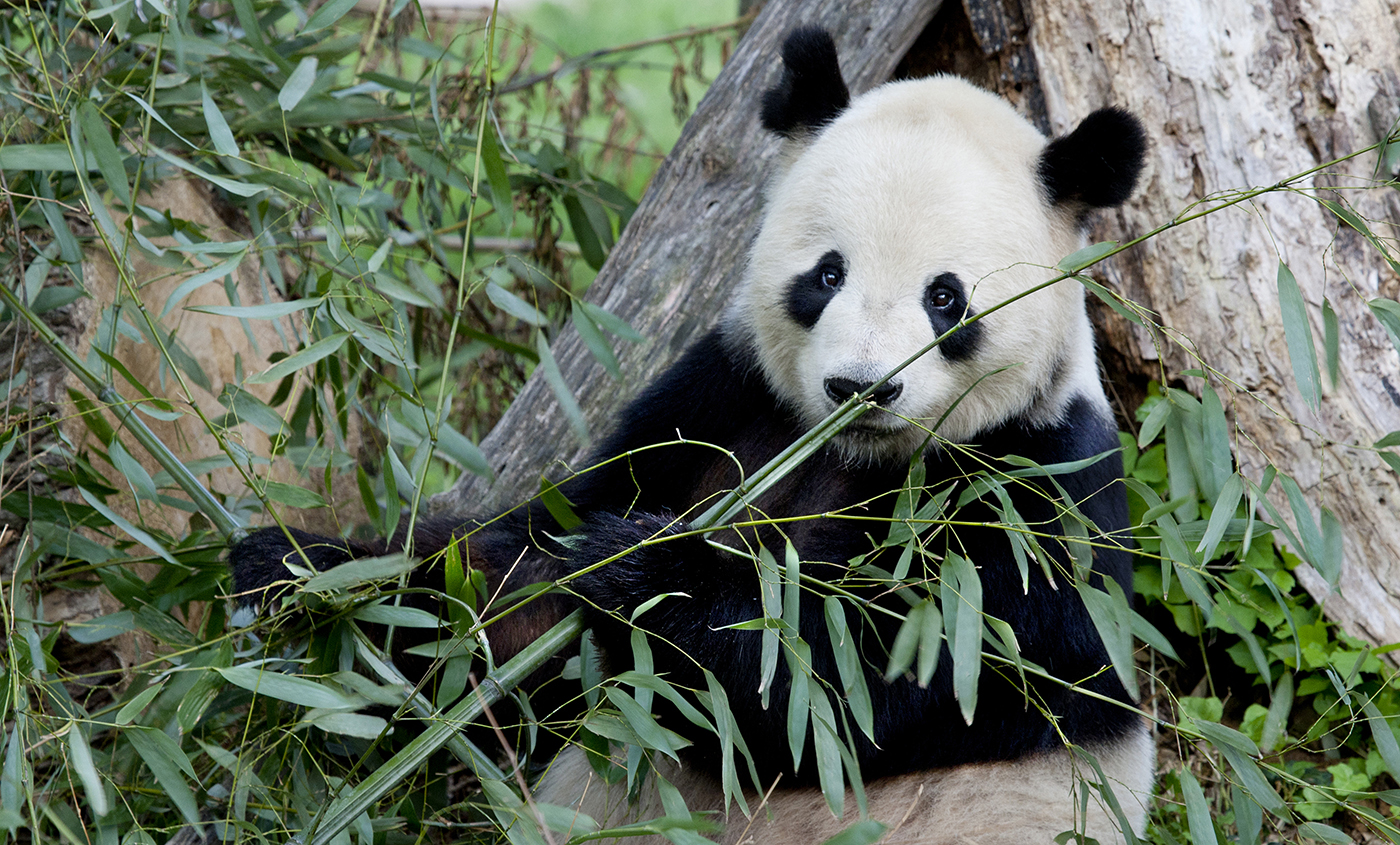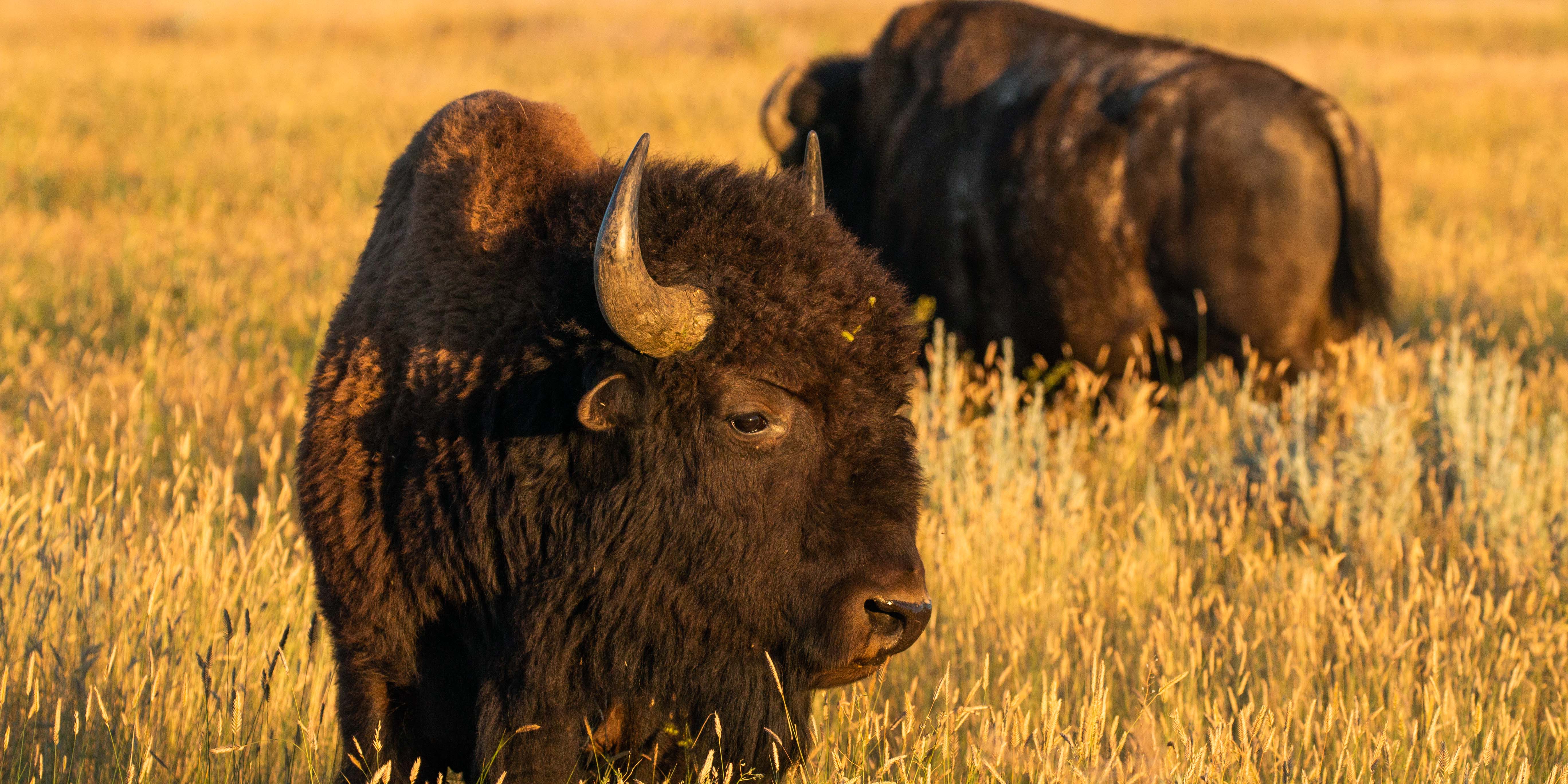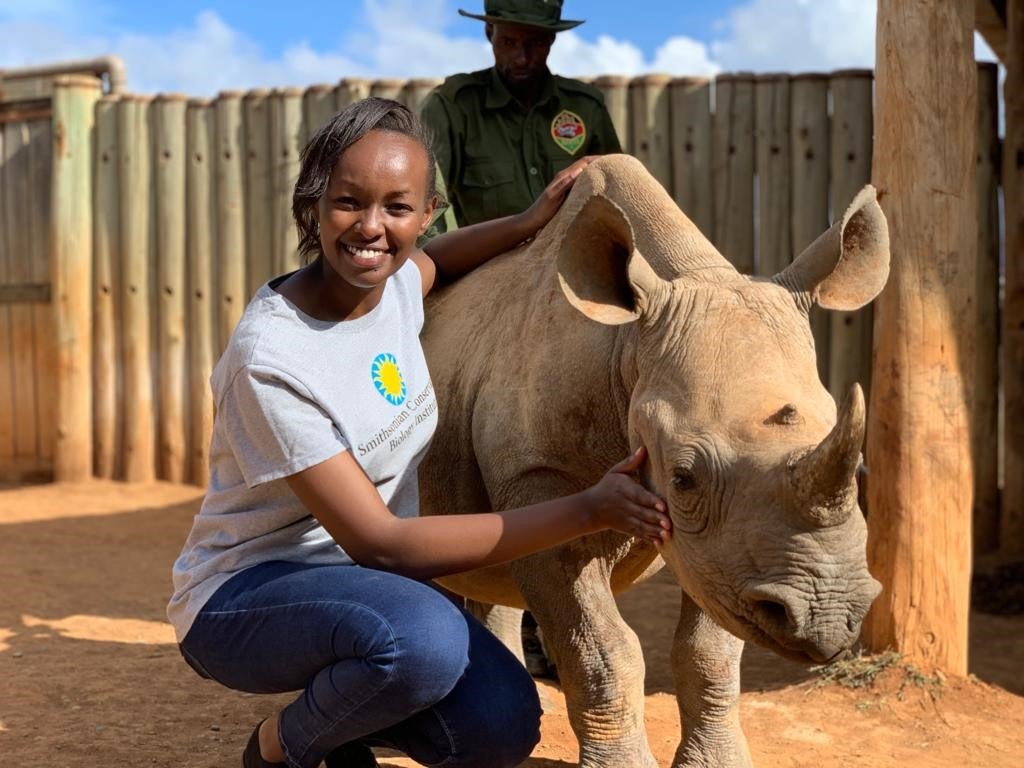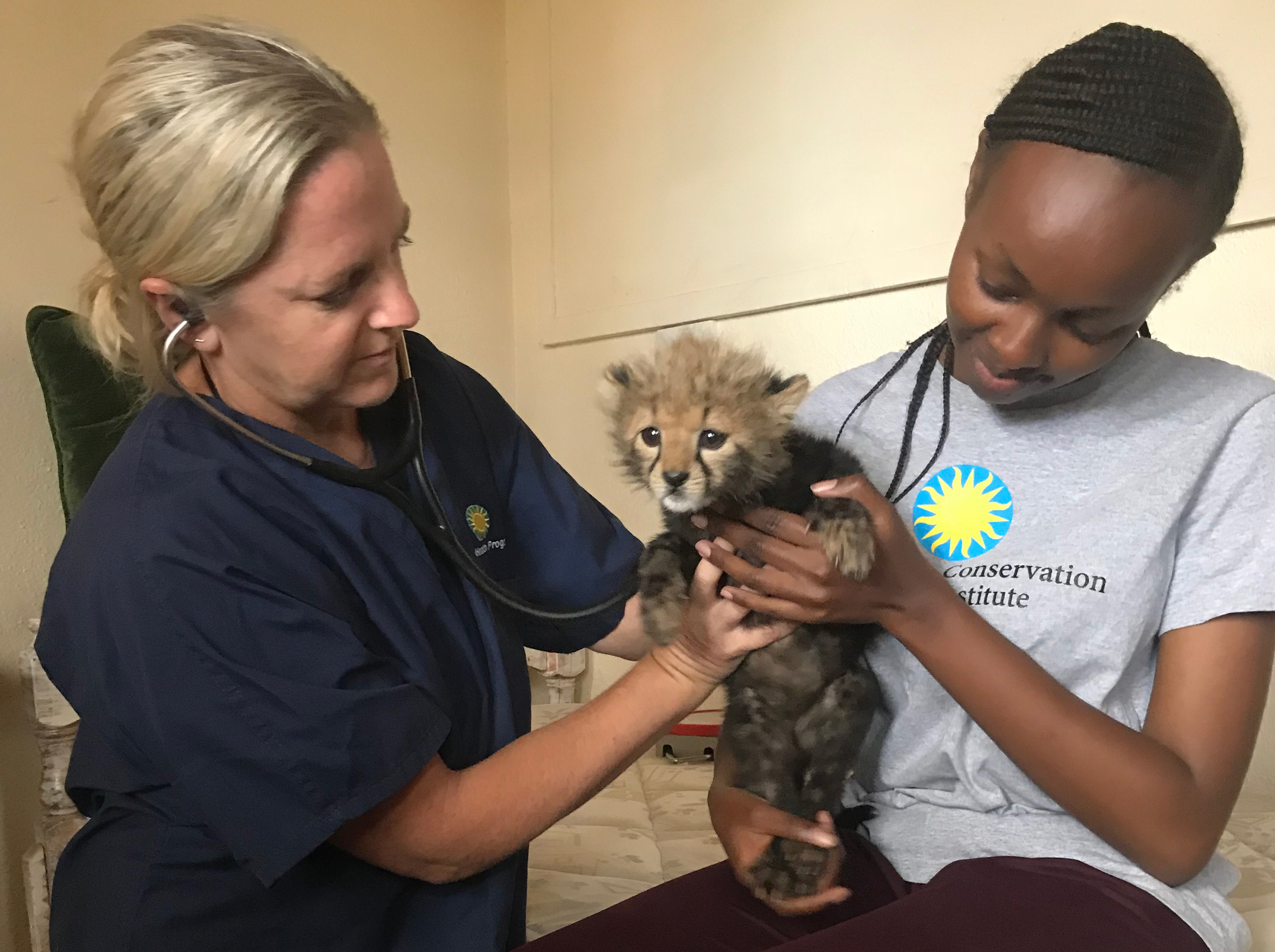2018 Donor Year End Report


"At the Smithsonian's National Zoo, we care for some of the rarest species on earth, and along with that comes a moral and ethical responsibility to connect the work we do with individual animals in our care to saving their counterparts in nature.
But lesser known is that the Smithsonian has been studying biodiversity for more than 170 years. And today hundreds of Smithsonian scientists and scholars work across the spectrum of biodiversity and conservation science: from genomes to individuals and populations; to forests, watersheds and fisheries; to understanding the impacts of infrastructure development, pandemic diseases and human-animal conflict — work that is focused on understanding and sustaining biodiversity.
Your commitment to our mission enables us to continue important conservation projects in countries around the world, such as Kenya and Myanmar, to breed critically endangered species, and to care for and exhibit some of the world’s rarest and most endangered animals. Our efforts and work inspire millions of visitors each year and fuel the passion of future conservationists. We could not accomplish so much or maintain strides toward our mission without your support. Our successes are yours as well. Thank you."
Steve Monfort
John and Adrienne Mars Director, Smithsonian's National Zoo and Conservation Biology Institute

Saving America's Prairies

We are collaborating with the American Prairie Reserve to protect and restore one of our country’s greatest treasures — the American prairie. Together, we will work to better understand how changes to this important ecosystem affect the wildlife that call it home — from the mighty bison to the tiniest birds — and ultimately restore species that have disappeared from this landscape.
Today, only a fraction of the prairie survives. Current efforts to preserve and restore prairie ecosystems are mostly restricted to isolated fragments that cannot support many native species and their migrations. Because our understanding of these ecosystems is extremely limited, our scientists are now trying to learn as much as we can about the basic ecology of the prairies to develop the most effective conservation strategies to restore them.
Through this partnership, the Smithsonian is dedicated to working on the American Prairie Reserve in the years to come in the hopes that we can help restore this iconic American ecosystem. Visit our two American bison from the Reserve at the Smithsonian's National Zoo.
Tracking Birds Year-round
Researchers are using cutting-edge tracking technology to follow and study the same individual songbirds as they migrate from wintering grounds in the Bahamas to their breeding grounds in North America. This is a first for a migratory bird.

Using an endangered migratory songbird, the Kirtland’s warbler (Setophaga kirtlandii) as a study species, our researchers are investigating how winter weather and habitat in the Bahamas influences body condition, spring migration timing, migration survival and reproductive success on Michigan breeding grounds.
Both climate change induced drought and sea level rise pose serious threats to Kirtland’s warblers. Despite these looming threats, we do not understand precisely how winter weather and habitat interact to affect migration timing and reproductive success. We also do not have direct estimates of survival during migration for Kirtland’s warblers or any other species of songbird.
Only by understanding these relationships can we predict the effects of climate change and make informed conservation decisions to ensure that endangered Kirtland’s warblers, or any other common species, are sustainable for generations to come.

Saving African Wildlife

This year we launched a veterinary fellows training program in Kenya, building partnerships with the Kenya Wildlife Service, Mpala Research Center and Ol Jogi Wildlife Conservancy to work together to improve veterinary clinical care for critically endangered wild species.
By recruiting the next generation of conservationists in Kenya, these veterinary fellows will create a strong and sustainable impact. Within the first few months of this program, these veterinary fellows have already saved the lives of two orphaned and severely ill animals — a cheetah cub and a baby rhino.
The health of the cheetah and the rhino has vastly improved with the help of our veterinary team, and both are beginning the long process of rehabilitation to be released back into their natural habitat.
This training program will allow us to develop and utilize the Smithsonian experience and resources to save African wildlife.
The Buzz About Pollinators
 Thanks to support from farmer-owned cooperative Land O’Lakes, Inc., the Smithsonian's National Zoo recently opened a brand new pollinator-themed playground.
Thanks to support from farmer-owned cooperative Land O’Lakes, Inc., the Smithsonian's National Zoo recently opened a brand new pollinator-themed playground.
This fun and engaging addition to the Zoo will help educate children and their families about how pollinators live, the important role they play in the food chain and how they affect the health of an ecosystem.
Adding to the buzz, artist Matthew Willey, through his project Good of the Hive, created a larger-than-life swarm of honeybees to highlight the importance of pollinator conservation on the facade of the Great Ape House.
“Making the connection between honeybees and great apes at the Smithsonian’s National Zoo has the ability to punctuate the connectedness of all life on our planet,” Willey said.
Measuring Biodiversity Through Sound
 We are using an innovative technique to measure biodiversity in tropical rainforests. Researchers are utilizing passive acoustic monitoring to detect species by sound. In a remote field site in Peru, our researchers place sound recorders in the field for several weeks and are able to identify different species of birds, amphibians, mammals and insects based on the sounds recorded.
We are using an innovative technique to measure biodiversity in tropical rainforests. Researchers are utilizing passive acoustic monitoring to detect species by sound. In a remote field site in Peru, our researchers place sound recorders in the field for several weeks and are able to identify different species of birds, amphibians, mammals and insects based on the sounds recorded.
Species like the titi monkey (pictured) and the rusty-belted tapaculo (a native Peruvian bird species) can be easily identified by their unique calls. The results are used to guide recommendations to minimize the impacts of human activity on wildlife.